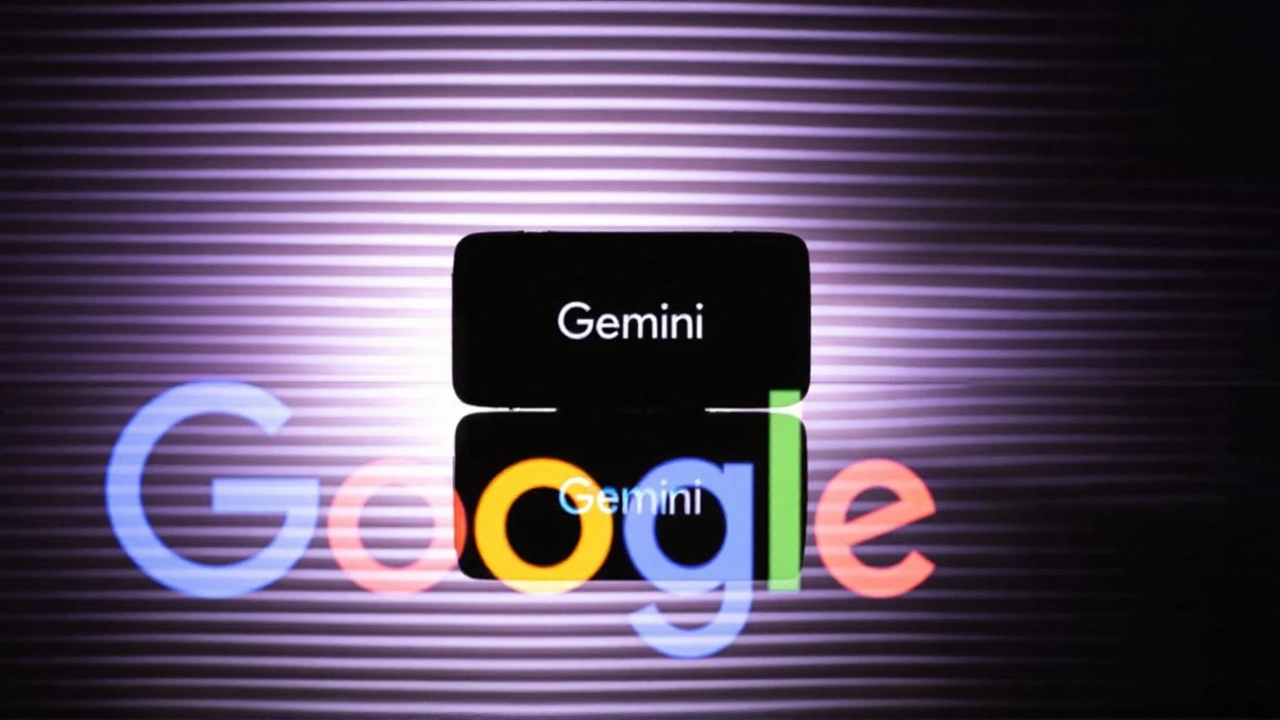AI Image Editing Made Simple
Ever wondered how some Instagram photos look flawless in seconds? That’s AI image editing at work. It uses smart algorithms to fix lighting, remove backgrounds, and even add artistic effects without you needing a Photoshop degree.
In this guide we’ll break down the basics, show you the top tools you can start using today, and give you practical tips to get better results fast. No jargon, just clear steps you can try right now.
What AI Image Editing Really Does
Think of AI as a co‑pilot for your photos. It analyses each pixel, recognises objects, and makes decisions on colour, contrast, and detail. That means you can:
- Remove unwanted objects with a single click.
- Replace a dull background with a professional‑grade one.
- Turn a regular shot into a stylised illustration.
- Improve low‑light images without adding noise.
All of this happens in seconds because the model has already learned from millions of images.
Best AI Editing Tools for Every Budget
Here are three tools that cover the spectrum from free to premium.
- Remove.bg – Perfect for quick background removal. Upload an image, and the AI isolates the subject instantly. Great for e‑commerce product shots.
- Canva’s AI Photo Editor – Free to use with a pro upgrade. It offers auto‑enhance, AI‑driven filters, and a magic resize feature that adapts your design to different platforms.
- Adobe Firefly – A newer addition to Adobe’s suite, it lets you generate textures, replace elements, and even create images from text prompts. Ideal for designers who want deeper control.
All three let you get high‑quality results without mastering complex software.
Quick tip: start with the auto‑enhance function in any of these tools. It usually fixes exposure, colour balance, and sharpness in one go, giving you a solid base to fine‑tune.
Practical Tips to Boost Your AI Edits
1. Use a high‑resolution source – AI works best when it has detail to analyse. Even a modest increase in resolution can improve the final output.
2. Mask selectively – If the AI removes too much, use the manual brush to protect key areas. Most tools let you toggle between auto and manual adjustments.
3. Combine AI with a light hand – After the AI does its job, make a quick manual tweak (like adjusting brightness) to match your brand’s look.
4. Save versions – Keep the original and the edited version. That way you can compare and learn what the AI gets right or wrong.
Where AI Image Editing Is Headed
AI models are getting better at understanding context. Soon you’ll be able to type “make this photo look like a sunrise on a beach” and get a realistic transformation without any manual work. Plus, integration with video editing means you could apply the same magic to moving images.
For creators, that means less time on repetitive tasks and more time on storytelling. If you start experimenting now, you’ll be ready when these features become mainstream.
So, grab a photo, try one of the tools above, and see how AI can turn a plain shot into something that catches the eye. You’ll be surprised how fast you can level up your visual content without a steep learning curve.

Google Gemini tops Apple App Store as viral image editor propels it past ChatGPT
Sep 16, 2025 / 0 Comments
Google’s Gemini app jumped to No. 1 on the US Apple App Store’s free chart, overtaking ChatGPT. The surge was fueled by a viral image editing tool that spread fast on social media. Google celebrated the milestone and hinted at more updates. The move signals a new round in the mobile AI race as users chase powerful, easy-to-share features.
READ MORERECENT POSTS
- Singer D4vd Named Suspect in Teen's Death After Body Found in Tesla
- UK Health Security Agency flags early‑autumn rise in COVID‑19 cases
- São Paulo FC vs Flamengo to clash at Fort Lauderdale’s Chase Stadium
- Escort Services in Paris: What You Need to Know Before You Go
- Blue Jays Stun Mariners 4-3 in ALCS Game 7 to Reach World Series